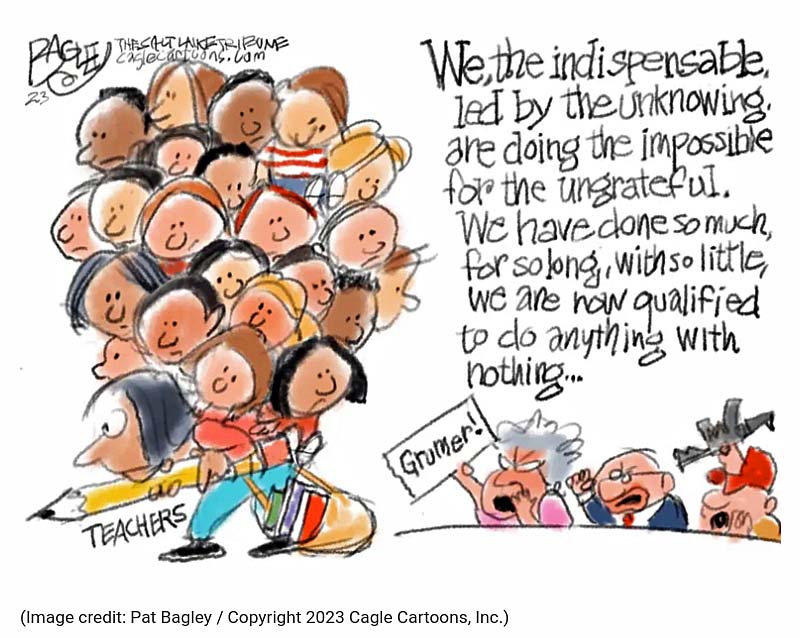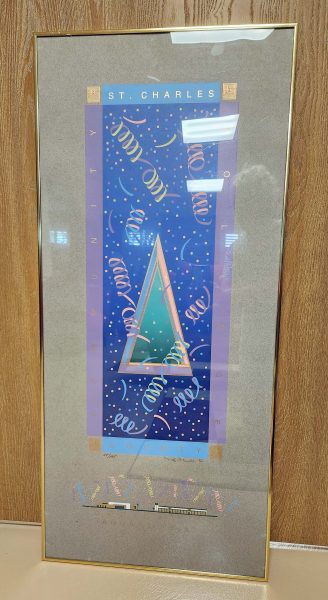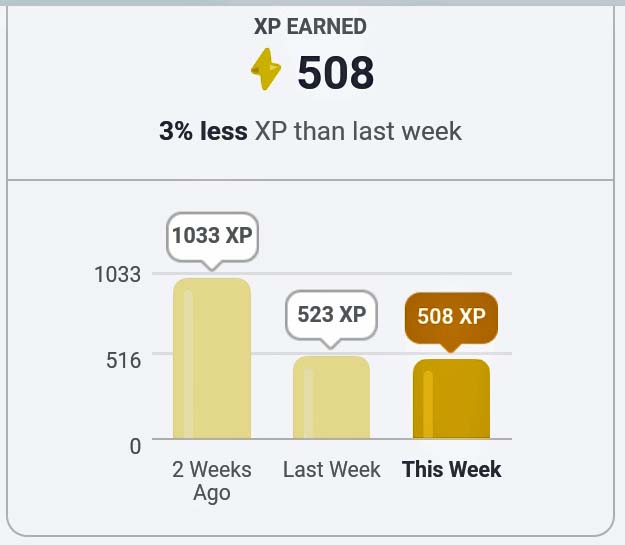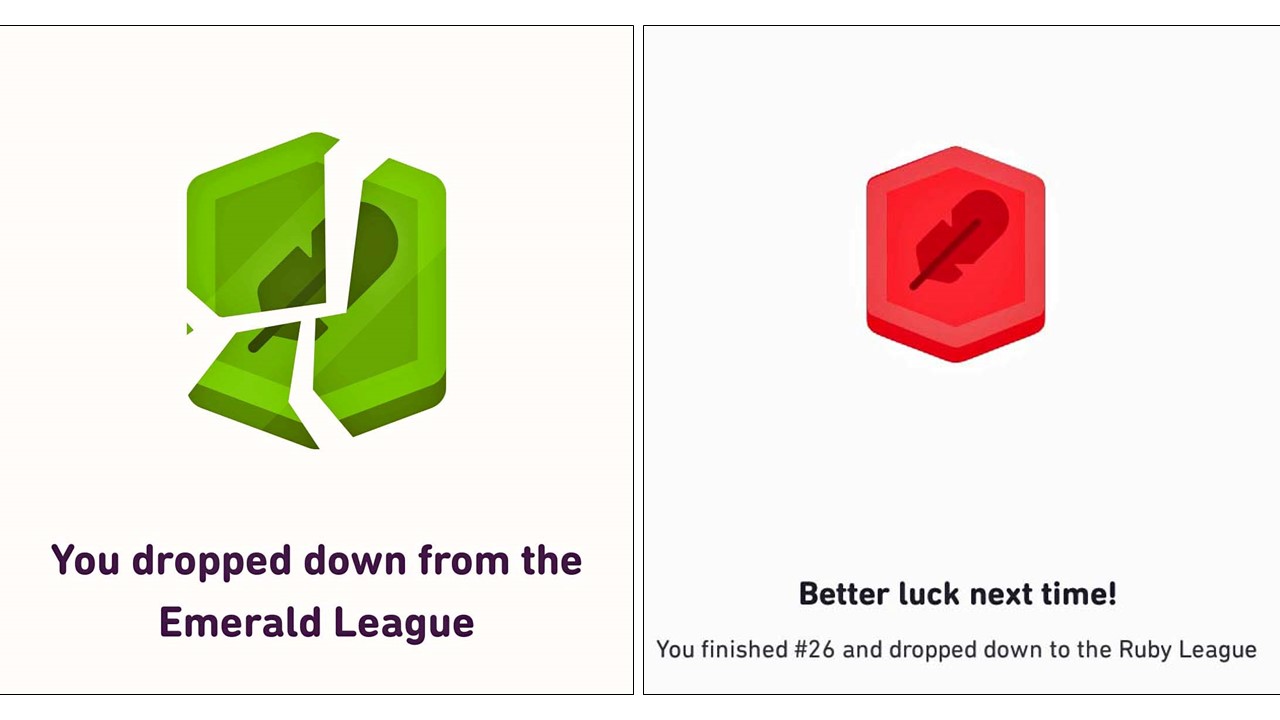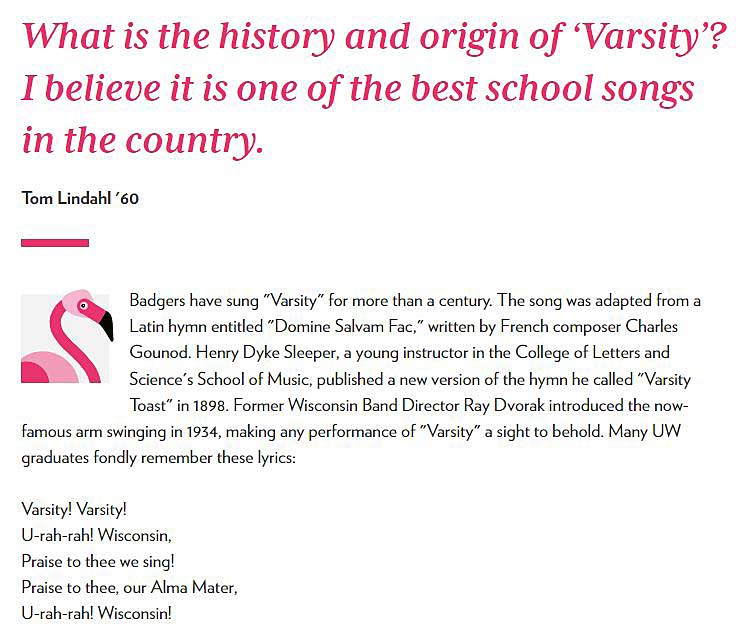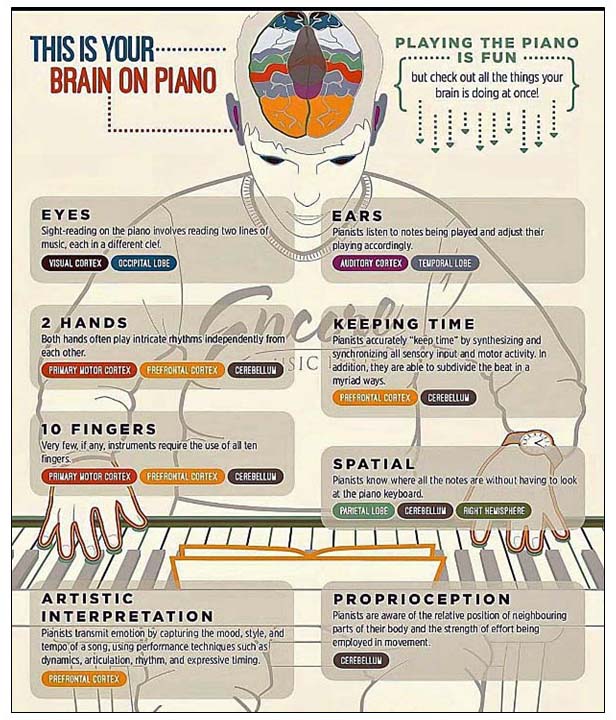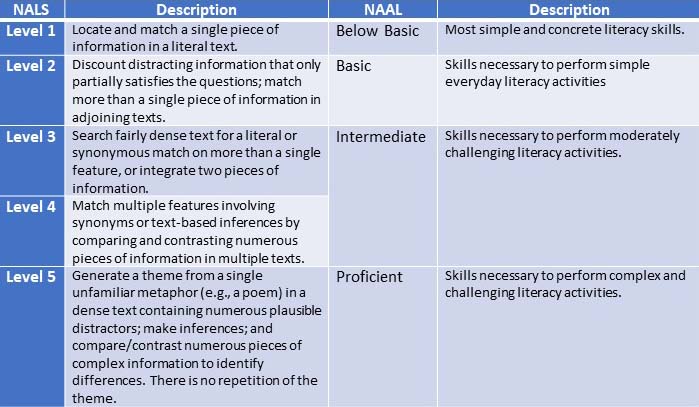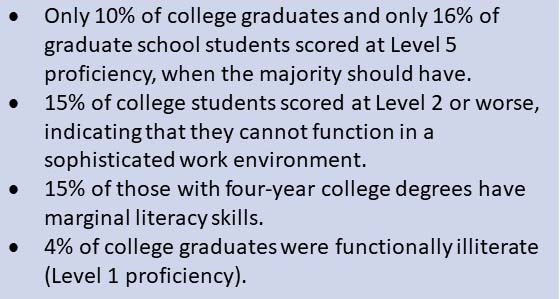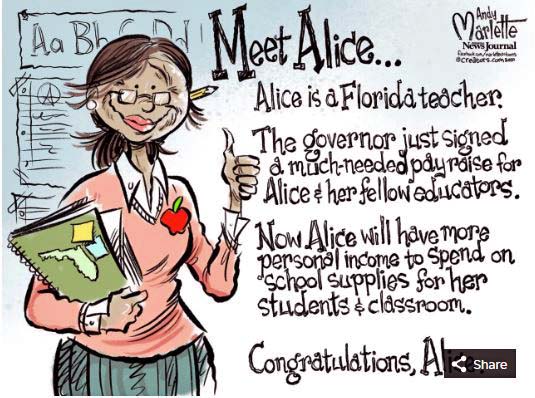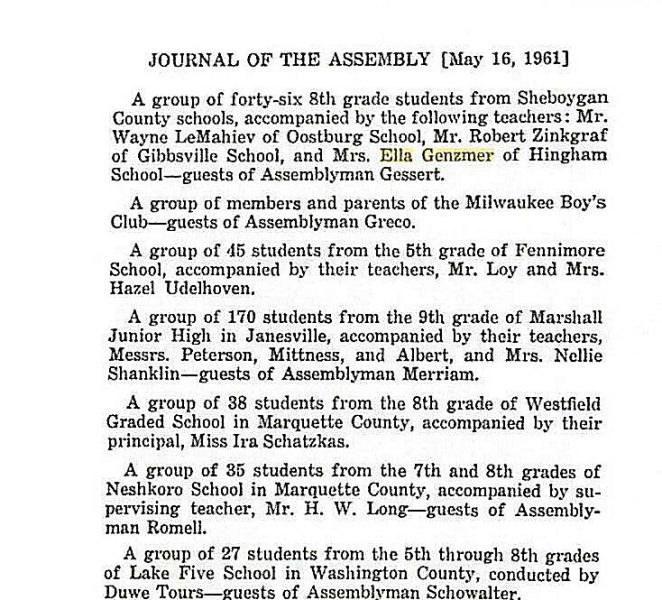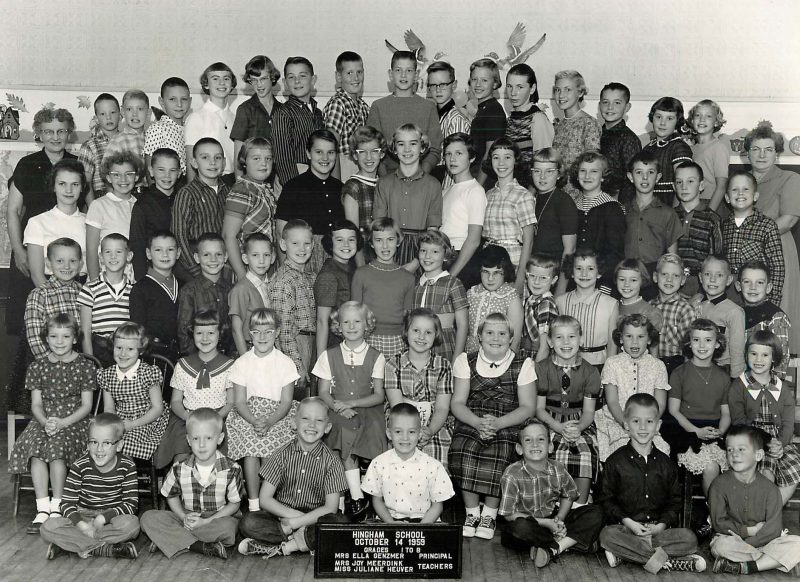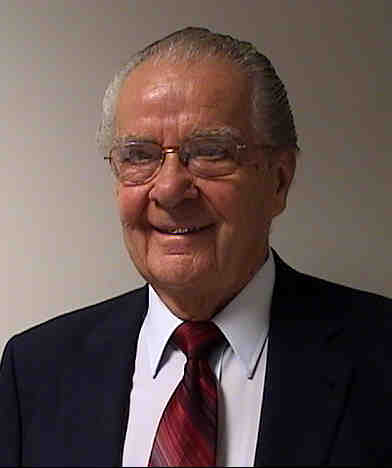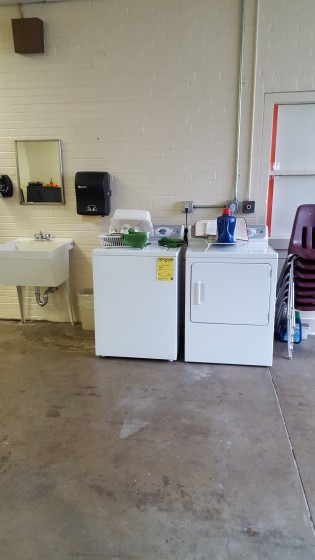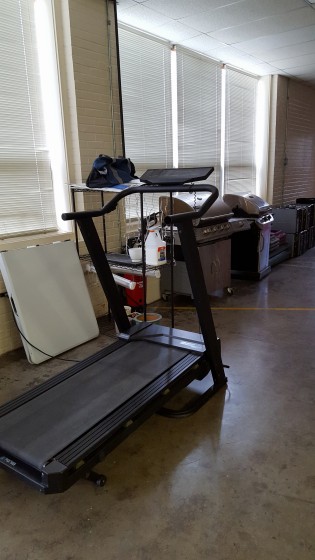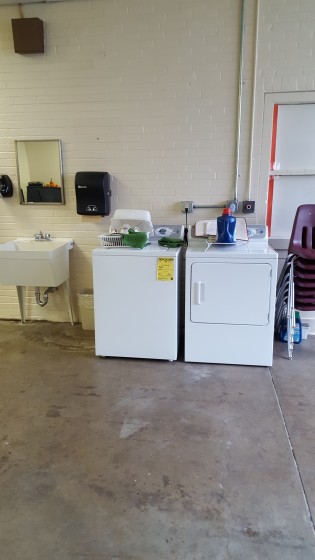The Francis Howell School District grew rapidly in the 1970s and needed many new buildings. Jeff and Kathy attended Fairmount Elementary School the first year it opened. The school filled so rapidly that, when Jeff was in sixth grade, he attended another new school–Henderson Junior High. I remember that the library had a minimal number of books, including a single set of encyclopedias for reference. As an increasing number of students attended that school, a new junior high school was constructed on the property, and the building Jeff attended was renamed Francis Howell North High School.
Jeff attended school in that same building from sixth through twelfth grade. The building was oddly constructed and had a confusing system of room numbers. Parents were given school maps to find the classrooms for parent-teacher conferences. During the time Jeff and our other children attended that school, additions to the building kept coming and the layout became even more challenging to navigate. Jeff and a good friend of his gave a speech together on graduation day. Like all graduation speeches, it was forgettable, except for one remark that I still remember. In essence, the boys mentioned that every year, they were in the same building, but every year, the front door was in a different place.
That school was not built to last. Fairmount Elementary School is still doing well, as is the second Henderson Junior High, but Francis Howell North built an entirely new high school on the property and demolished the original building this past year.
Note: Cost overruns on the new building were extraordinary–$86 million became $164 million. Due this cost overrun, 71 other projects expected to be funded by $240 million provided for district building improvements by the voter-approved Proposition S in 2020 are currently on hold. The state auditor is investigating the building costs and the fact that a former district employee hired a low-rated management firm owned by his brother to oversee the project. Our tax dollars at work, right?
The new high school is finished, and the original building is now a pile of rubble. In contrast, the high school my Grandma S. attended (graduated in 1911) is still standing and so is the high school my father attended (graduated 1937).

